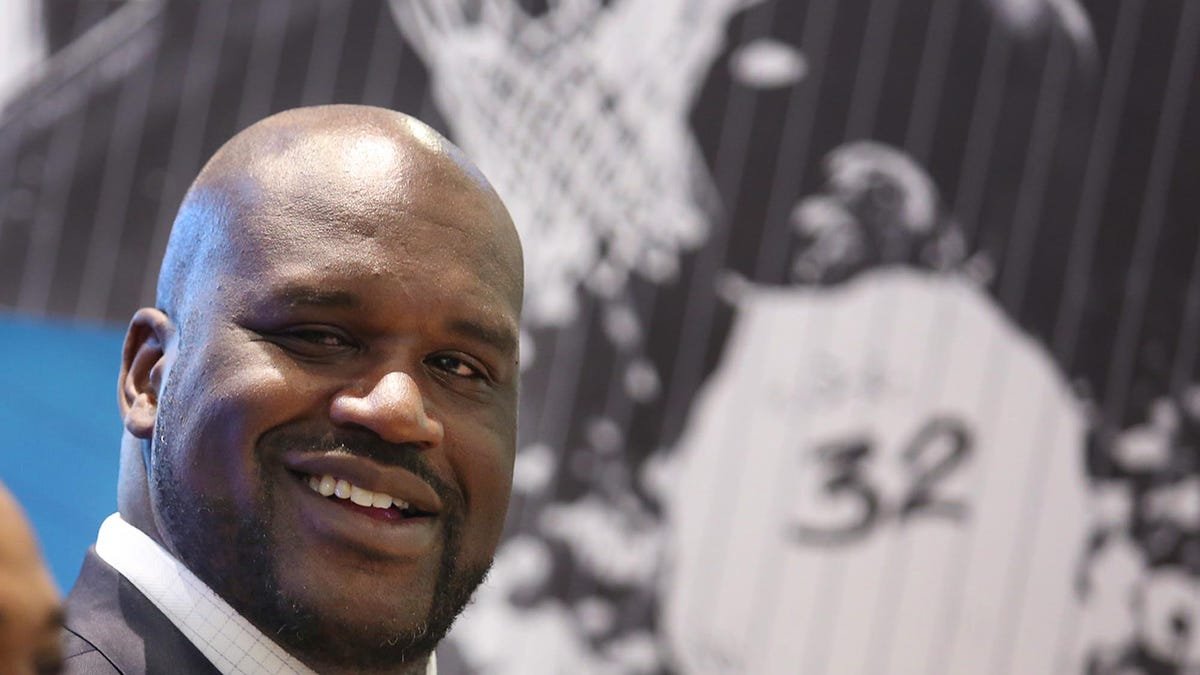Reflecting on the 20th Anniversary of Nipplegate: A Look Back at the Infamous Super Bowl Halftime Show
“You — yes, I am talking to you — are getting old.” These were the words that struck me as I looked at myself in the mirror on the 20th anniversary of the infamous Nipplegate halftime show. It was a reminder of how time flies and how certain events from the past can still hold significance in our memories.
For those who may not remember or were too young at the time, Nipplegate refers to the incident that occurred during Super Bowl XXVIII in 2004. Janet Jackson and Justin Timberlake caused quite a ruckus with their halftime performance. As a high school student, I vividly remember watching the game in my parent’s basement and being taken aback by what unfolded.
During the act, Timberlake ripped off a portion of Jackson’s costume, leading to a wardrobe malfunction where her bustier came off, revealing her breast. The country was thrown into a frenzy over this seemingly shocking display of nudity during a broadcast television sporting event. The aftermath of Nipplegate showcased a masterclass in slut-shaming, with Jackson bearing the brunt of the blame and consequences.
While Timberlake continued his career without much backlash, Jackson’s reputation suffered. Her invitation to the Grammy Awards was rescinded, and she faced blacklisting in the industry for a period of time. Despite the challenges, Jackson eventually rebounded, and her career thrived. She was inducted into the Rock and Roll Hall of Fame and received numerous iconic awards. Jackson’s resilience and talent solidified her status as a legend and one of my all-time favorite artists.
It wasn’t until recently that I revisited the Nipplegate halftime show, watching it in high definition. The experience was like taking a ride through millennial pop culture. The baggy jerseys, spaghetti straps, and the stars who have since become problematic were all there, reminding me of a different era.
One aspect of the halftime show that struck me as offensive was the way it began. The show aimed to incorporate the HBCU marching band sound but ended up having Texas Southern and the University of Houston share the stage. This cultural appropriation was disappointing, especially considering the historical context. However, it was also a sign of progress compared to the past, where white groups would record soulless versions of songs created by Black artists without their involvement.
The halftime show featured a lineup of iconic performers from that era, including Diddy, Nelly, and Kid Rock. It was a nostalgic blast from the past, bringing back memories of burned CDs and the music that shaped our youth. These artists performed snippets of their hits, creating a whirlwind of energy and nostalgia.
As I watched the halftime show, waiting for the anticipated wardrobe malfunction, it struck me how different it looked in high definition compared to my memory of it on an old television set. The surprise factor was replaced with a conscious expectation, altering the viewing experience.
Reflecting on the 20th anniversary of Nipplegate, I couldn’t help but appreciate the 12 minutes of work it took to relive that moment. It was a rush of music and faces that played a significant role in shaping me. Some of those faces still hold a special place in my heart, while others I prefer to leave in the past.
This infamous moment in American history holds a unique place in my memories. Experiencing it live and then revisiting it two decades later was a fascinating journey. It reminded me of the power of music and pop culture to leave an indelible mark on our lives.
In conclusion, I invite everyone to search for the Nipplegate halftime show and relive the same enjoyment I did. Let’s also take a moment to reflect on how society’s reaction to a woman’s breast can be overly puritanical. As we move forward, let’s strive for a more accepting and open-minded society, appreciating the artistry and talent that artists like Janet Jackson bring to the table.





